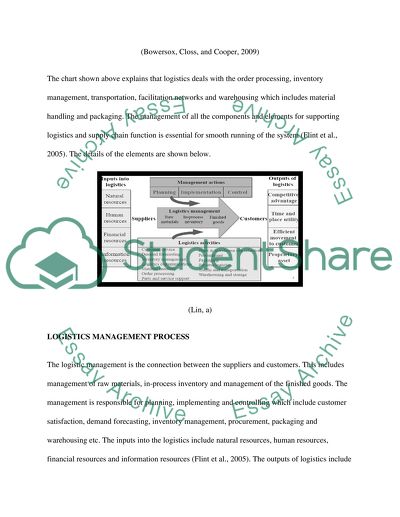Cite this document
(E-Logistics and International Supply Chain Management Coursework, n.d.)
E-Logistics and International Supply Chain Management Coursework. https://studentshare.org/information-technology/1626610-e-logistics-and-international-supply-chain-management
E-Logistics and International Supply Chain Management Coursework. https://studentshare.org/information-technology/1626610-e-logistics-and-international-supply-chain-management
(E-Logistics and International Supply Chain Management Coursework)
E-Logistics and International Supply Chain Management Coursework. https://studentshare.org/information-technology/1626610-e-logistics-and-international-supply-chain-management.
E-Logistics and International Supply Chain Management Coursework. https://studentshare.org/information-technology/1626610-e-logistics-and-international-supply-chain-management.
“E-Logistics and International Supply Chain Management Coursework”. https://studentshare.org/information-technology/1626610-e-logistics-and-international-supply-chain-management.


